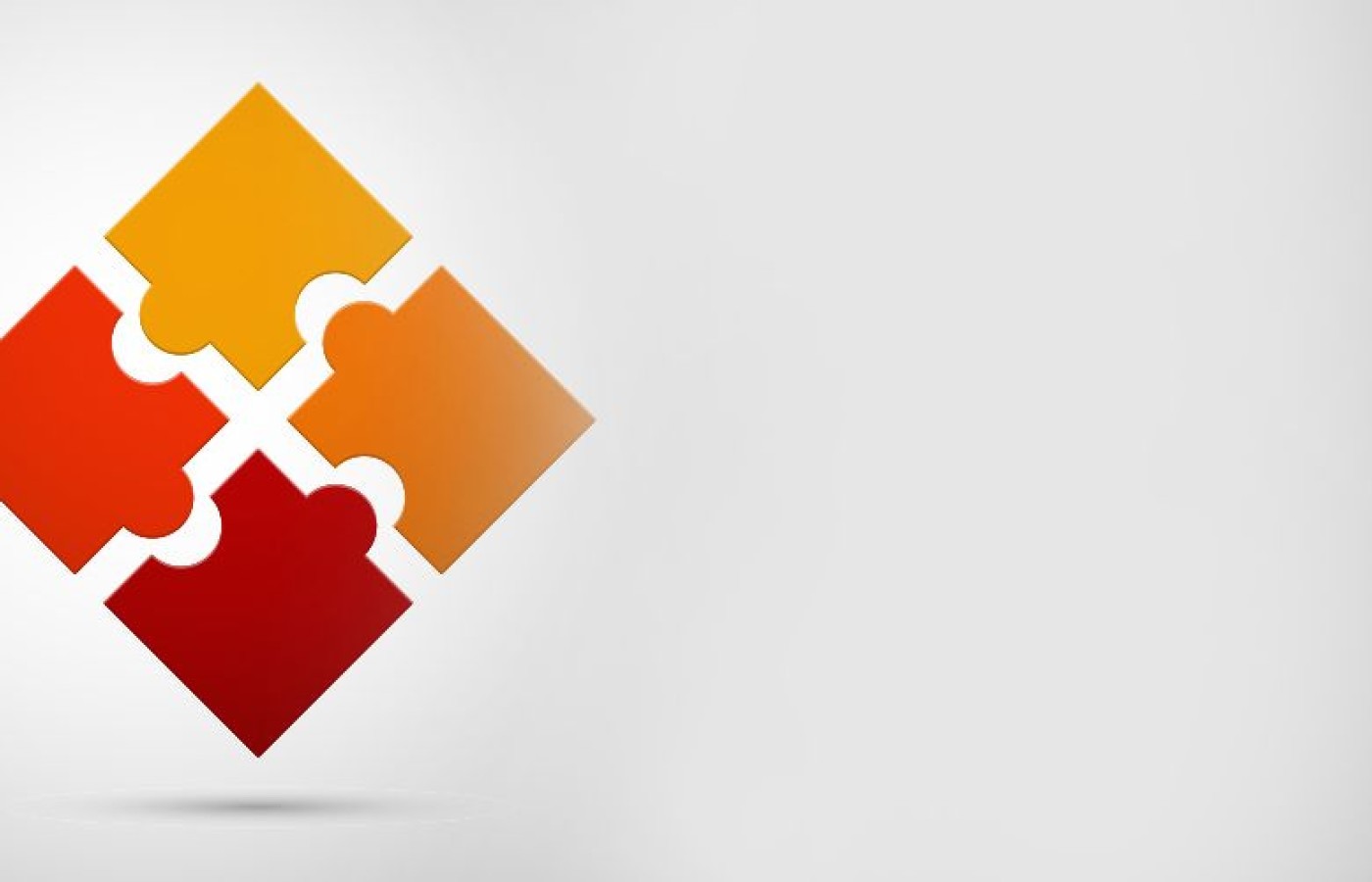Whether you accept it, avoid it or live somewhere in between, insurance coverage has become a defining issue for our profession. Patients increasingly expect to use their benefits, practitioners want to be compensated fairly for their time and expertise, and the system itself remains – at best – fragmented. The encouraging news is that coverage has expanded in meaningful ways. The challenging news is that reimbursement, across the board, remains inadequate.
A Four-Step Approach to Building Effective Acupoint Prescriptions
While attending school, students are often exposed to different styles and systems of acupuncture. There's no question that the intention is in the right place; however, some graduates feel confused when they are tasked with building acupoint prescriptions. Whether the patient comes in with a musculoskeletal or a functional concern, we should all feel confident in the skills we went to school to acquire.
It always helps to have a system in place whether just starting out in private practice, or even after years of experience when met with a tricky case. Herein, I'd like to share my four-step acupoint prescription building process.
Step One: Where's the problem?
Where does it hurt? Where is the sensation? Where do the symptoms occur? These are all questions we ask during the initial interview. Asking our patient to show us with their hands also helps us locate the problem.
At this stage, we can begin writing down acupoints that are local to the areas and come back to them during the building of the acupoint prescription we're finally going to use. Using an example, if a patient is suffering from a headache, they may point to their temples – in which case, we could jot down Ex-HN 5 (Taiyang).
Step Two: What's Next to the Problem?
Acupuncture points work well together. Neighboring acupoints help local ones do their job to move qi and blood. Perhaps a patient has a referral area, and adjacent acupoints are included. Sometimes we'll have to come up with these acupoints on our own based on trial and error, and experience.
If a patient is suffering from tennis elbow, LI 11 (Quchi) can be effective, but its efficacy is improved by adding LI 10 (Shousanli) and LI 12 (Zhouliao).
Step Three: What Is the Problem?
Steps one and two are often acupoints that treat the branch, while this step treats the root. This is where our TCM diagnosis comes in. If it's a musculoskeletal concern, we can add in SP 10 (Xuehai), UB 17 (Geshu), PC 6 (Neiguan), and LV 3 (Taichong) to move qi and blood. If it's a zang-fu problem, this is where we add those points in.
For example, if we diagnose damp heat, LI 11 (Quchi), SP 9 (Yinlingquan) and ST 40 (Fenglong) can help clear heat, drain damp and transform phlegm, respectively.
Step Four: Who Can Help?
There are so many amazing acupoints that work based on different theories, and this is a great place to add them in to augment the treatment. LI 4 (Hegu) is a key/command acupoint for any problem occurring on the face. SI 3 (Houxi) and UB 62 (Shenmai) are a confluent pair for any problem occurring on the back. GB 34 (Yanglingquan) is an influential point used for skin, muscle or tendon concerns of any kind. Love mirroring acupuncture? Love auricular? Add it here!
Four Steps
We can easily build a point prescription for any problem using a systematic approach. The four steps offers us the ability to create a full-body treatment – complete with local, adjacent, root-problem and distal acupoints.



